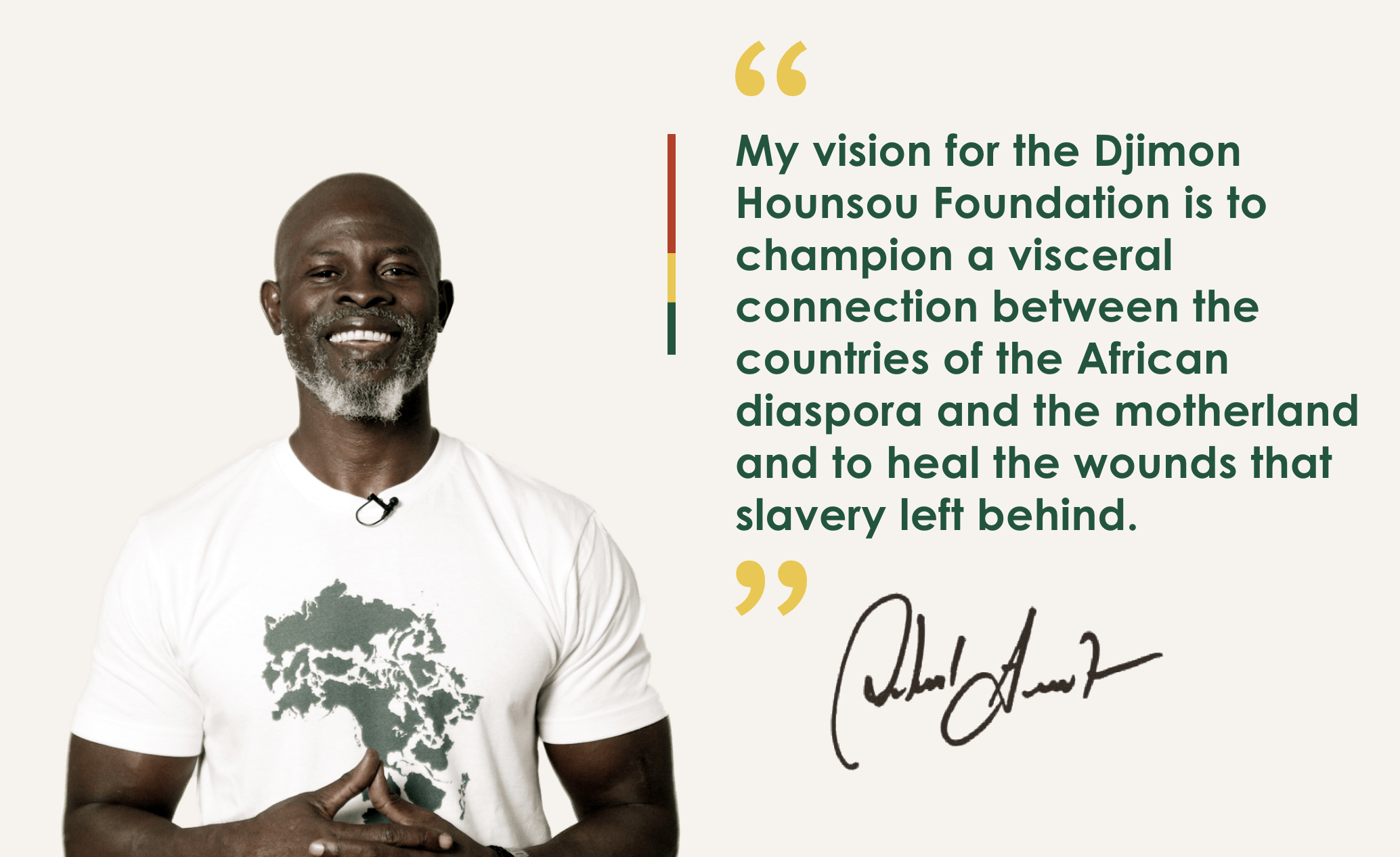The dark side of Facebook's Metaverse: sexual violence in a virtual world
Image: Pexels
Late last year, Facebook made waves (again) by announcing its rebrand, starting with a new name ‘Meta’. The company also outlined its intentions to expand its reach into the metaverse - a digital world, usually accessed through a virtual reality headset, where an individual can interact and socialize with others.
While Meta’s latest technological foray into virtual reality may seem exciting to some, problems have already started to arise. While beta testing Facebook’s metaverse, Nina Patel, a user in the United Kingdom, described in a recent Medium post her experience being groped and sexually assaulted by a group of male avatars in under a minute of entering the virtual world. She described how she froze and was shocked by the verbal and sexual harassment she received, including being told by one of her attackers, “don’t pretend you didn’t love it”.
True to its history of deflecting responsibility, Meta essentially placed the onus back onto its users by pointing out that Patel could have used its “safe zone” feature to avoid this “absolutely unfortunate” incident, as one its executives described it. It followed this lackluster response by announcing its new "personal boundary" tool that allows users to create space between their virtual avatar and others.
Also on the list of problematic responders were those who leaned heavily into minimizing the severity of sexual assault and harassment in a virtual reality setting. A glance at the comment section under Patel's Medium article for instance includes responses such as: “did you ever think to take the headset off…” and “this sounds like it's been exaggerated…she isn't exposed to this side of the internet that is filled with trolls…” These are relatively tame compared to comments found on social media platforms in response to Patel’s experience many of which exercise zero empathy for her experience, or make light of the situation altogether - “how much metatime in metaprison does one do for committing metarape and how much metatherapy will one have to go through for this kinda metatrauma?”
Unfortunately, this new breed of victim-blaming is not unique or new to the virtual reality world, which appears to suffer from a heightened version of the same phenomenon that results in cyberbullying and other forms of online harassment. As any social media user would know, a lack of accountability or immediate consequences on the aggressors part, has been instrumental in fueling a recent surge of trolling and more severe online abuse and harassment. However, despite opinions that aim to minimize sexual assault in a virtual reality setting as ‘not real’, experts have suggested that these instances of virtual harassment can in fact trigger very real psychological trauma.
“What’s different about virtual environments is an extra layer of immersion,” explains Jesse Fox, an Ohio State University professor. “If you are being groped in the real world versus a virtual world, the visual stimuli do not differ. You are seeing it. It is appearing to happen to your own body. Those layers of lifelike experience are going to be more traumatizing in that moment.”
While Meta’s response to this sexual violence problem is extremely underwhelming to those worried about their own digital safety, it has also opened the door to a larger conversation about accountability. Should the ultimate responsibility for users’ safety in a virtual space lie with the company or the individual? What, if any, recourse to prosecution will victims of sexual assault in a digital space have? And more broadly, what existing or new laws and policies address sexual harassment and assault in the context of a virtual world?
These are all questions that don’t yet have concrete answers, but are ones that all parties involved will have to consider as we step into a new phase of digital interaction.
SHOP THE CHANGEMAKER COLLECTION




































